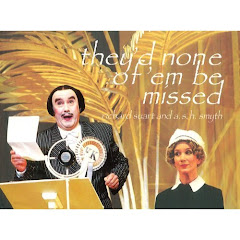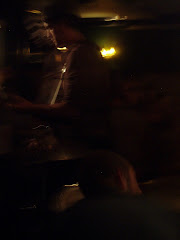Nocturnes
Five Stories of Music and Nightfall
Kazuo Ishiguro
faber and faber
£14.99, 221p
ISBN 978-0-571-24498-0
“Their talk was no longer just about music – though everything always seemed to come back to it.”
Whether as opening subject or illustrative decoration, music seems to be a recurring theme for Kazuo Ishiguro. The Unconsoled told of a pianist with memory loss; his Merchant-Ivory script, The White Countess, of a man who wanted nothing more than to run a jazz club.
And now Nocturnes, a “quintet” or “story cycle”, the first of which tales concerns a session player on the Venice café circuit – one of the many “scattered across Europe, playing the Godfather theme or ‘Autumn Leaves’ in squares and cafés you'll never visit” – who can't secure regular work because his cliché-savvy employers don’t like the cut of his guitar (how’s that for an argument in favour of period instruments?!).
Then there's the layman asked by an old friend – horror of horrors! shame upon shame! – to dumb down his encyclopaedic love of classic American jazz in front of his wife; the music-college drop-out, frustrated by the “shallow and inauthentic” London gigging scene, who escapes to the Malvern Hills to help out in his sister’s café, and there meets two Swiss Elgar-pilgrims; an Eastern Bloc escapee whose cello was purchased with bartered American jeans, and who runs into the world’s first self-proclaimed “virtuoso” listener.
The longest, ‘Nocturne’ (s.), concerns Steve, a tenor-sax player whose manager talks him into having cosmetic surgery because he’s “the wrong kind of ugly” for the big league. (There’s lots about saxophones, actually: anyone know if Ishiguro is a saxpert?)
The stories aren’t really about music (or nightfall). Music is the paint, not the picture: a binding agent rather than a narrative focus. And 'stories', anyway, is too grand a term. These are scenes, some with beginnings, few with ends, all exhibiting Ishiguro's gift for depicting a situation in a few words; but none narrative-driven. Likewise, though the five stories [sic.] nod to one another, there is not much cyclical interweaving.
Ishiguro's writing, especially in ‘Come Rain or Come Shine’, demonstrates a preoccupation with jazz, and a deep knowledge of the canon, from Cole Porter to Ray Charles ('Come Rain or Come Shine' is a Ray Charles number) as well as an understanding of its often-dark undertones. Jazz, of course, is a good complement to literary riffing – the medium is the message, and all that (a central character in ‘Come Rain...’ is actually called Ray).
And Ishiguro knows his stuff not just technically – “we come out of the middle eight, when the band go III-5 to VIx-9…” – but also on a more philosophical level. Occasionally, he pauses to reflect on how one might play a piece in a manner evoking its origins; how one’s choice of music influences how you are perceived; what causes cellists to play the same piece so differently; the impact of coffee-prices on the necessary length of a café band's repertoire.
Nothing revelatory, in the musical sense; but some fine vignettes from a master of scene-setting and emotive detail.
Monday, 29 June 2009
A little night reading
In case your July/August copy of Music Teacher is lost in the post:
Subscribe to:
Post Comments (Atom)







No comments:
Post a Comment